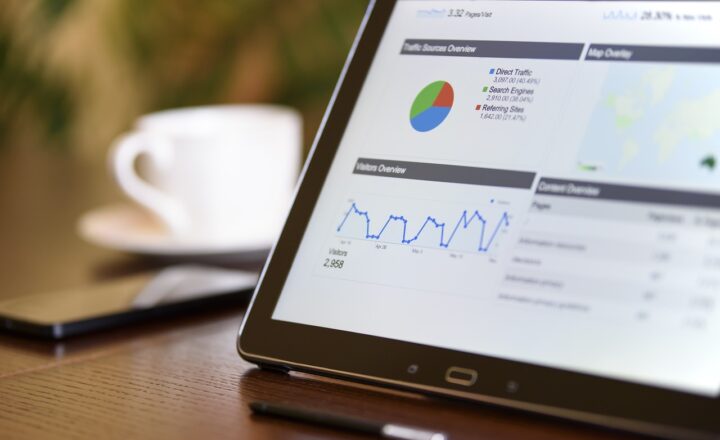The Psychology of Pricing: How to Set Prices that Make Your Customers Buy
November 14, 2024

Setting the right price for your products or services is an art and a science. While it might seem that price is merely a number, the psychological factors that influence a consumer’s perception of value, risk, and ultimately their decision to buy are deeply rooted in human psychology. Understanding these mechanisms can lead to more effective pricing strategies that not only boost sales but also enhance customer satisfaction and loyalty.
1. The Importance of Pricing in Marketing
Pricing is a critical element of the marketing mix, which includes product, price, place, and promotion. Unlike other elements that can be adjusted at will, pricing has a direct impact on profitability and is often perceived by consumers as a reflection of quality. Here are key points to consider:
- Pricing communicates value: A higher price often signals higher quality, while a lower price can suggest lower quality.
- Pricing influences buying behavior: Price changes can lead to spikes in sales or, conversely, cause consumers to abandon their carts.
- Pricing creates positioning: How you price your products places them within the larger market context, affecting brand perception and customer demographics.
Understanding the psychology behind consumer responses to pricing can enhance these effects, leading to better outcomes for your business.
2. Key Psychological Pricing Strategies
Several psychological pricing strategies can make your pricing more effective. Here are some of the most commonly employed tactics:
2.1. Charm Pricing
Charm pricing refers to pricing products just below a round number, such as $9.99 instead of $10.00. This strategy takes advantage of the left-digit effect, where consumers tend to focus more on the first digit of the price, thus perceiving the item as being significantly cheaper than it actually is.
Examples:
- Instead of $100, list your product at $99.99.
- In the restaurant industry, a meal priced at $14.99 rather than $15.00 can influence perceptions of value significantly.
2.2. Price Anchoring
Price anchoring involves presenting the original price next to the sale price to create a perception of savings. The original price serves as an anchor, helping consumers gauge the value of the deal.
Examples:
- Listing a product at $199, marked down to $149 creates an anchor that makes the $149 price seem more appealing.
- In subscription services, showing a higher monthly fee next to a discounted annual fee often persuades customers to opt for the yearly plan.
2.3. Bundle Pricing
Bundling products together at a discounted rate provides the illusion of saving money. This strategy not only encourages larger purchases but can also help sell slower-moving items.
Examples:
- Offering a set of three products at a lower rate than they would cost individually can increase the overall sales volume.
- Many software services bundle features at a higher price point but create savings for the consumer.
3. The Role of Perceived Value
Perceived value plays a significant role in pricing psychology. The perceived value refers to how much customers believe a product is worth compared to its actual price. Aligning perceived and actual value can lead to repeat purchases and customer loyalty.
3.1. Enhancing Perceived Value
You can enhance perceived value through several methods:
- Quality imagery and design: High-quality images and professional design can enhance perceptions of a product’s worth.
- Customer testimonials and reviews: Positive feedback can significantly enhance perceived value, influencing purchase behavior.
- Brand reputation: A strong brand can elevate perceived value, allowing for higher pricing without a loss of sales volume.
Investing in factors that improve perceived value can allow your business to price products more competitively, thereby increasing margins.
4. The Influence of Scarcity and Urgency
Scarcity and urgency appeal to emotions, prompting consumers to act quickly. These strategies leverage the fear of missing out (FOMO) to increase sales.
4.1. Scarcity Tactics
Indicating limited availability can drive sales:
- “Only 3 left in stock!” creates urgency and encourages immediate purchases.
- Limit time offers can motivate customers to finalize their purchase to avoid missing out on a favorable deal.
4.2. Urgency Strategies
Creating a sense of urgency fosters quicker decision-making:
- Countdown timers during checkout can encourage users to make quick purchasing decisions.
- Flash sales for limited periods can generate significant traffic fluctuations and conversions.
These tactics not only help in converting potential customers but also enable businesses to charge premium prices based on perceived urgency.
5. Pricing Strategies in Different Markets
Different markets necessitate different pricing strategies. Understanding the demographics of your target audience will help tailor pricing for optimal effectiveness:
5.1. Competitive Pricing
In competitive markets, staying aware of competitors’ pricing is vital. Strategies may include:
- Price matching guarantees to keep customers from shopping elsewhere.
- Regular promotions to attract price-sensitive customers.
5.2. Premium Pricing
For luxury or highly specialized products, premium pricing strategies can create an aura of exclusivity:
- Highlighting unique features to justify higher costs.
- Creating an aspirational brand image through targeted advertising.
By tailoring your pricing strategies to market conditions and customer expectations, you can maximize profitability and ensure sustainable growth.
6. Conclusion
Understanding the psychology behind pricing can unlock new avenues for effective marketing strategies that resonate with consumers. By applying key pricing strategies, enhancing perceived value, and leveraging scarcity and urgency, businesses can optimize their pricing models to drive sales, build customer loyalty, and secure a competitive edge.
In the ever-evolving marketplace, those who master psychological pricing will not only see improved sales figures but also create lasting relationships founded on perceived value and customer satisfaction. Price is not just a number; it’s a powerful tool that drives consumer behavior and influences the sales landscape.





